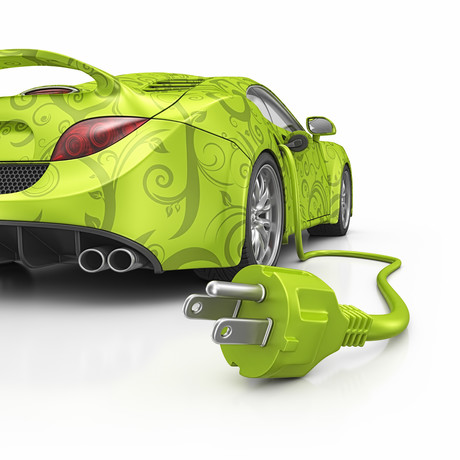Electric super highway expanded in Qld

The electric super highway in Queensland is now ready, with charger stations for electric vehicles (EV) installed all the way from Coolangatta to Cairns, and from Brisbane to Toowoomba.
With two new charging stations coming online, the initial phase of the Queensland Electric Super Highway (QESH) is officially up and running.
“We now have the world’s longest electric vehicle super highway in a single state stretching all the way up our beautiful eastern coastline,” said Transport and Main Roads Minister Mark Bailey.
“This is literally electrifying news for Queenslanders and just one example of the innovative and strategic direction this state continues to take.”
The Palaszczuk government first announced the QESH in June 2017, and with the completion of chargers at Townsville and Carmila, it is now possible for Queenslanders with EVs to drive from Coolangatta to Cairns using this infrastructure.
Fast-charging stations have now been installed in Bowen, Cairns, Carmila, Childers, Gatton, Hamilton, Gold Coast Airport (Coolangatta), Mackay, Marlborough, Maryborough, Miriam Vale, Rockhampton, Springfield, Sunshine Coast (Cooroy), Townsville, Toowoomba and Tully.
The next charger expected to come online will be at Helensvale, and will be operational after the Commonwealth Games.
Bailey said the government had a vision to encourage the uptake of EVs in Queensland, getting as many people as possible on board the EV revolution, as part of a transition to a low emissions future.
The government plans to expand the QESH and continue rolling out charging stations across the state’s vast road network as part of The Future is Electric: Queensland’s Electric Vehicle Strategy, the first of its kind in Australia.
“To encourage the uptake and interest in electric vehicles, the fast-charging stations are available for use at no cost for the initial phase of the super highway,” said Bailey.
Electric vehicle ownership rates around the world are increasing, with global sales passing two million last year. This is due in part to significant advances in battery technology and continued cost reductions in EVs.
“The global market continues to head full-speed towards a future where electric vehicles dominate the transport space, with major manufacturers unveiling their newest models in recent expos in the United States and making major commitments to increasing the range available to consumers,” Bailey said.
An EV recharged by 100% solar can save 3.8 tonnes of greenhouse gas emissions annually when compared to a traditional, internal combustion vehicle (driving 15,000 km per year).
“To make sure we harness the benefits of electric vehicles, the energy supplied in the fast-charging stations is green energy bought through green energy credits or offsets,” Bailey said.
“The driving range of electric vehicles and local network capacity were taken into account in mapping the network, so the charging stations could be connected without significant additional infrastructure costs.
“The sites were chosen so that while people recharge their EV they can also take a break to stop, revive and survive.”
Lenovo, NVIDIA launch full-stack AI solutions
Lenovo has unveiled a portfolio of solutions for building and deploying AI agents utilising...
Elastic expands observability partnership with Tines
Elastic and Tines have jointed forces to deliver a joint product offering that promises to...
Visa B2B Integrated Payments launches in Australia
Visa has partnered with ANZ, NAB, Westpac and HSBC to launch its SAP-integrated Visa...




